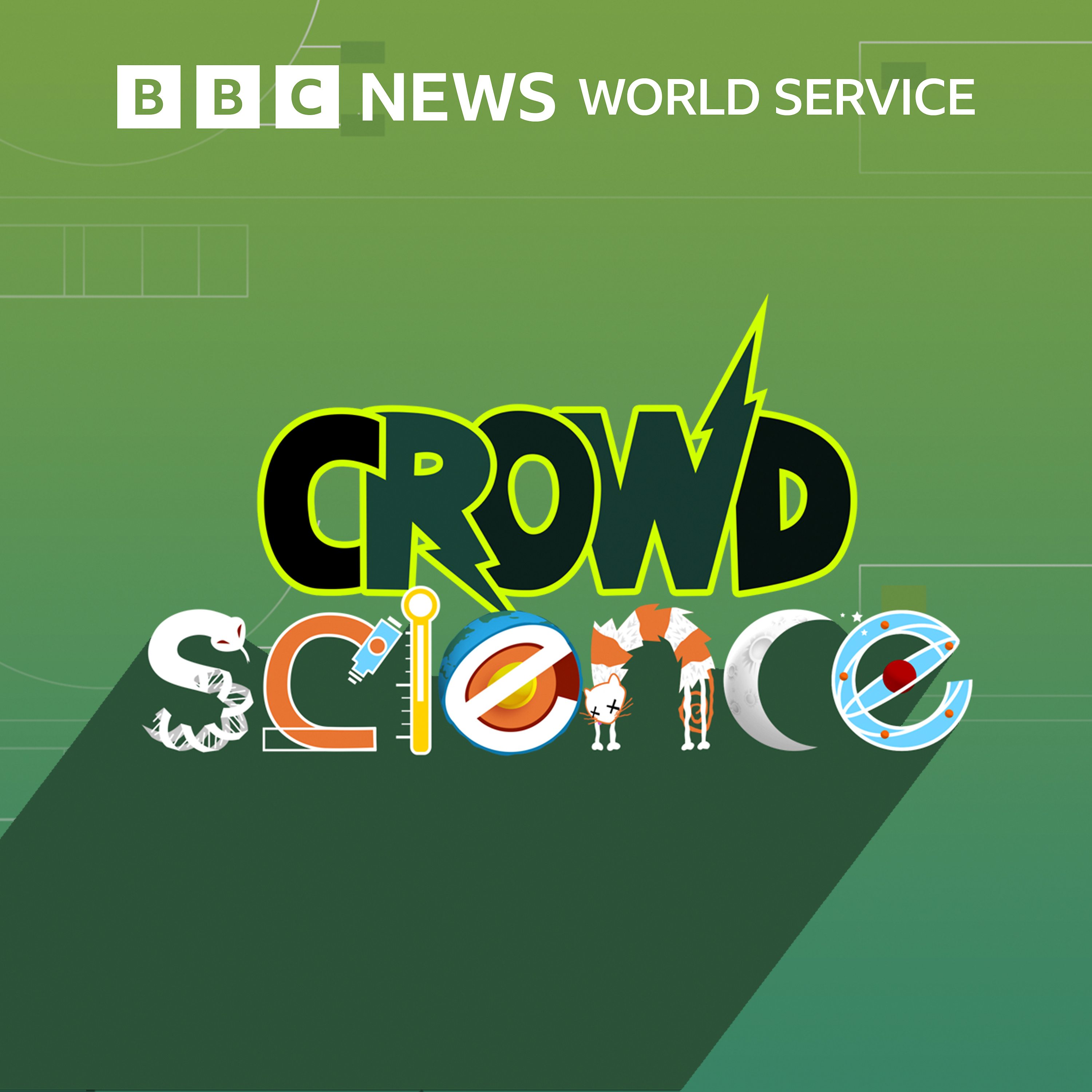
CrowdScience
Jul 1, 2022
Hair is an important part of our identities – straight, frizzy, long, not there at all – and our efforts to keep it styled and clean have created an $80 billion hair care industry. Many products offer to improve the life of the stuff on our heads, but isn't it all just dead protein?
CrowdScience listener Toria wants to know what 'healthy' hair really means. To untangle the science behind hair, we zoom in to see how hair grows from the follicles in our scalp and explore how the hair growth process will change over our lifetimes.
Changes in our hair and disorders affecting the scalp can often have emotional impacts on our lives, as presenter Marnie Chesterton learns from a dermatologist who specialises in hair issues.
Having been on a journey with her own hair in recent years following chemotherapy, Marnie is ready for a new 'do and ventures to the hair salon to find out about the health of her own hair.
Meanwhile, another CrowdScience listener, Lucy, wonders why humans lost hair (or fur) on most of our bodies when most other mammals are covered in the stuff. A biological anthropologist who studies not only why hair became concentrated on our heads, but also why there's so much diversity in hair types across humans, unpacks the evolutionary benefits.
With all these different hair types, does different hair need different care? And when it comes to shampoo, conditioner, washing, blowdrying and dyeing, what should we be doing to keep our hair structure sound?
As we learn about this strange nonliving feature of our bodies, Marnie finds a new appreciation for the "dead strands of protein sticking out of our skin". And with listener Toria's help and advice, she also finds a new shade for her chemo-curled locks.
Presented by Marnie Chesterton and produced by Sam Baker for BBC World Service.
Featuring:
● Tina Lasisi, Penn State Department of Anthropology ● Sharon Wong, Consultant Dermatologist ● Ekwy Chukwuji-Nnene, Equi Botanics

